Anpassungsfähigkeit und Resilienz des Finanzsystems
Diese Forschungsgruppe untersucht kritische Aspekte der Anpassungsfähigkeit und Widerstandsfähigkeit von Finanzsystemen. Sie analysiert die Auswirkungen von Naturkatastrophen auf Finanzsysteme, die Auswirkungen politischer Präferenzen für die grüne Transformation und die Bedeutung von Kultur in den Volkswirtschaften.
Forschungscluster
Finanzresilienz und RegulierungIhr Kontakt

- Abteilung Finanzmärkte
PROJEKTE
08.2022 ‐ 07.2025
OVERHANG: Schuldenüberhang und grüne Investitionen – die Rolle von Banken für den klimafreundlichen Umgang mit emissionsintensiven Anlagenvermögen
Bundesministerium für Bildung und Forschung (BMBF)
Ziel von OVERHANG ist es, die Rolle von Banken für den klimafreundlichen Umgang mit emissionsintensiven Anlagevermögen zu untersuchen. Hierdurch sollen politikrelevante Erkenntnisse zu Finanzregulierung, staatlich kontrollierter Kreditvergabe und Finanzstabilität identifiziert sowie eine Sensibilisierung der verschuldeten Akteurinnen und Akteuren erreicht werden.
Das Projekt wird vom Bundesministerium für Bildung und Forschung (BMBF) finanziert.
01.2015 ‐ 12.2019
Interactions between Bank-specific Risk and Macroeconomic Performance
Deutsche Forschungsgemeinschaft (DFG)
07.2016 ‐ 12.2018
Relationship Lenders and Unorthodox Monetary Policy: Investment, Employment, and Resource Reallocation Effects
Leibniz-Gemeinschaft
We combine a number of unique and proprietary data sources to measure the impact of relationship lenders and unconventional monetary policy during and after the European sovereign debt crisis on the real economy. Establishing systematic links between different research data centers (Forschungsdatenzentren, FDZ) and central banks with detailed micro-level information on both financial and real activity is the stand-alone proposition of our proposal. The main objective is to permit the identification of causal effects, or their absence, regarding which policies were conducive to mitigate financial shocks and stimulate real economic activities, such as employment, investment, or the closure of plants.
Referierte Publikationen
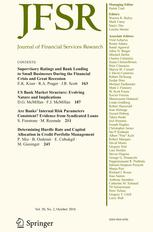
Why Do Banks Provide Leasing?
in: Journal of Financial Services Research, Nr. 2, 2014
Abstract
Banks are engaging in leasing activities at an increasing rate, which is demonstrated by aggregated data for both European and U.S. banking companies. However, little is known about leasing activities at the bank level. The contribution of this paper is the introduction of the nexus of leasing in banking. Beginning from an institutional basis, this paper describes the key features of banks’ leasing activities using the example of German regional banks. The banks in this sample can choose from different types of leasing contracts, providing the banks with a degree of leeway in conducting business with their clients. We find a robust and significant positive impact of banks’ leasing activities on their profitability. Specifically, the beneficial effect of leasing stems from commission business in which the bank acts as a middleman and is not affected by the potential defaults of customers.
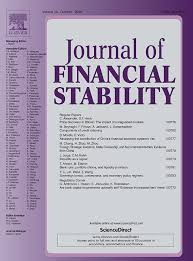
IT Use, Productivity, and Market Power in Banking
in: Journal of Financial Stability, Nr. 4, 2013
Abstract
Information management is a core process in banking that can resolve information asymmetries and thereby help to mitigate competitive pressure. We test if the use of information technology (IT) contributes to bank output, and how IT-augmented bank productivity relates to differences in market power. Detailed bank-level information on the use of IT reveals a substantial upward bias in bank productivity estimates when ignoring banks’ IT expenditures. IT-augmented bank productivity correlates positively with Lerner markups. A mere increase in IT expenditures, however, reduces markups. Results hold across a range of bank output definitions and productivity estimation methods.
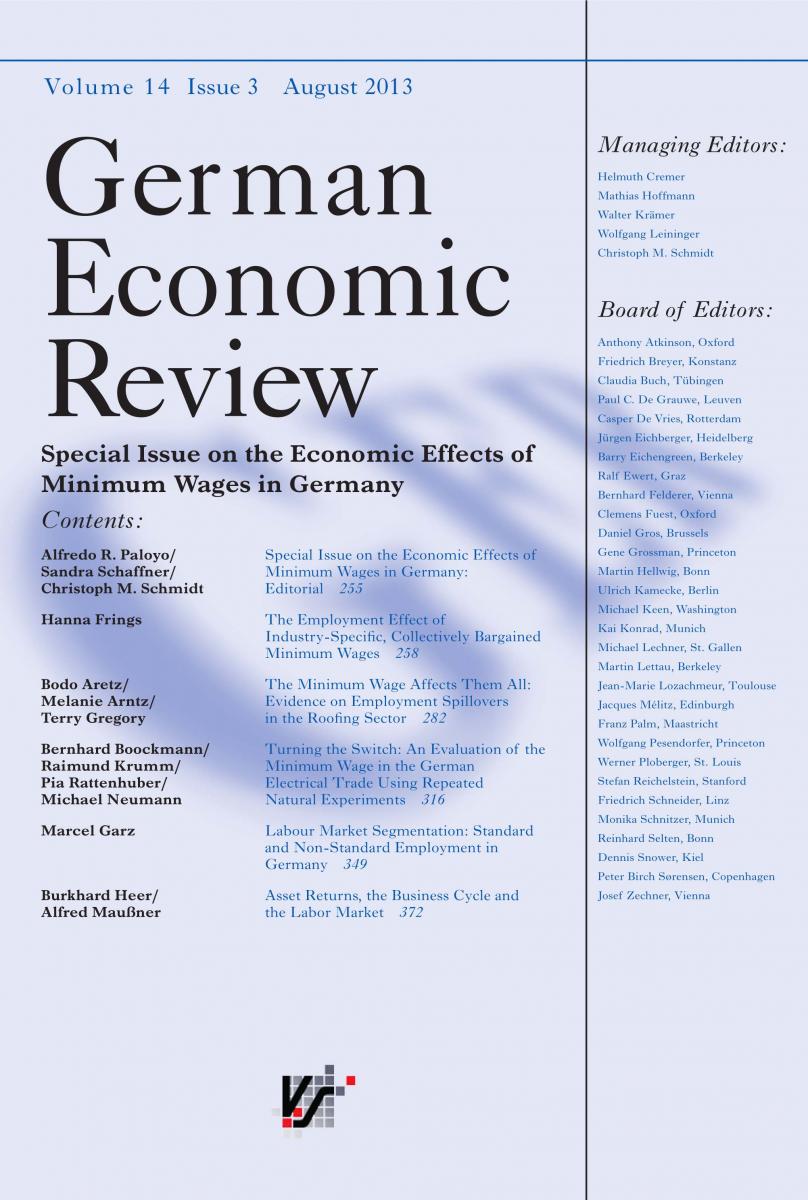
Has Labor Income Become More Volatile? Evidence from International Industry-Level Data
in: German Economic Review, Nr. 4, 2013
Abstract
Changes in labor market institutions and the increasing integration of the world economy may affect the volatility of capital and labor incomes. This article documents and analyzes changes in income volatility using data for 11 industrialized countries, 22 industries and 35 years (1970–2004). The article has four main findings. First, the unconditional volatility of labor income has declined in parallel to the decline in macroeconomic volatility. Second, the industry-specific, idiosyncratic component of labor income volatility has hardly changed. Third, cross-sectional heterogeneity is substantial. If anything, the labor incomes of high- and low-skilled workers have become more volatile relative to the volatility of capital incomes. Fourth, the volatility of labor income relative to the volatility of capital income declines in the labor share. Trade openness has no clear-cut impact.

Default Options and Social Welfare: Opt In versus Opt Out
in: Journal of Institutional and Theoretical Economics JITE, Nr. 3, 2013
Abstract
We offer a social-welfare comparison of the two most prominent default options – opt in and opt out – using a two-period model of localized competition. We demonstrate that when consumers stick to the default option, the prevailing default policy shapes firms' ability to collect and use customer information, and affects their pricing strategy and entry decision differently. The free-entry analysis reveals that fewer firms enter under opt out as competition becomes harsher, and that opt out is the socially preferred default option.
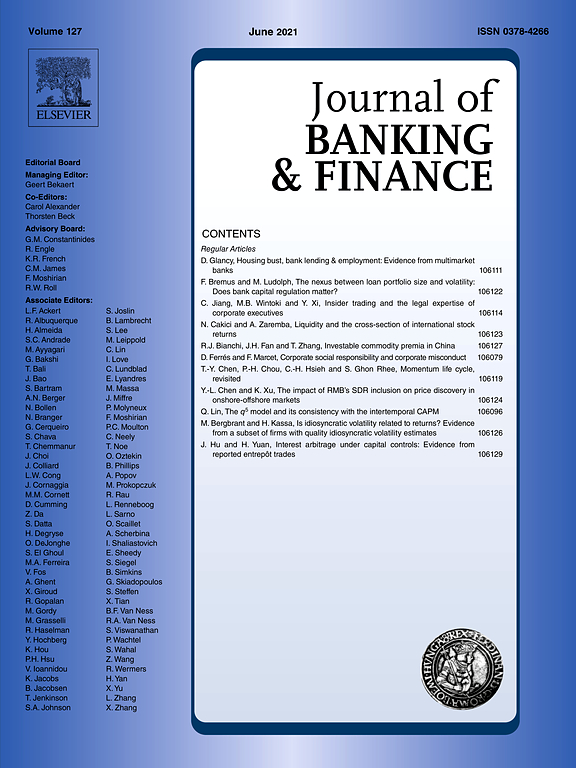
Financial Constraints of Private Firms and Bank Lending Behavior
in: Journal of Banking and Finance, Nr. 9, 2013
Abstract
We investigate whether and how financial constraints of private firms depend on bank lending behavior. Bank lending behavior, especially its scale, scope and timing, is largely driven by bank business models which differ between privately owned and state-owned banks. Using a unique dataset on private small and medium-sized enterprises (SMEs) we find that an increase in relative borrowings from local state-owned banks significantly reduces firms’ financial constraints, while there is no such effect for privately owned banks. Improved credit availability and private information production are the main channels that explain our result. We also show that the lending behavior of local state-owned banks can be sustainable because it is less cyclical and neither leads to more risk taking nor underperformance.
Arbeitspapiere
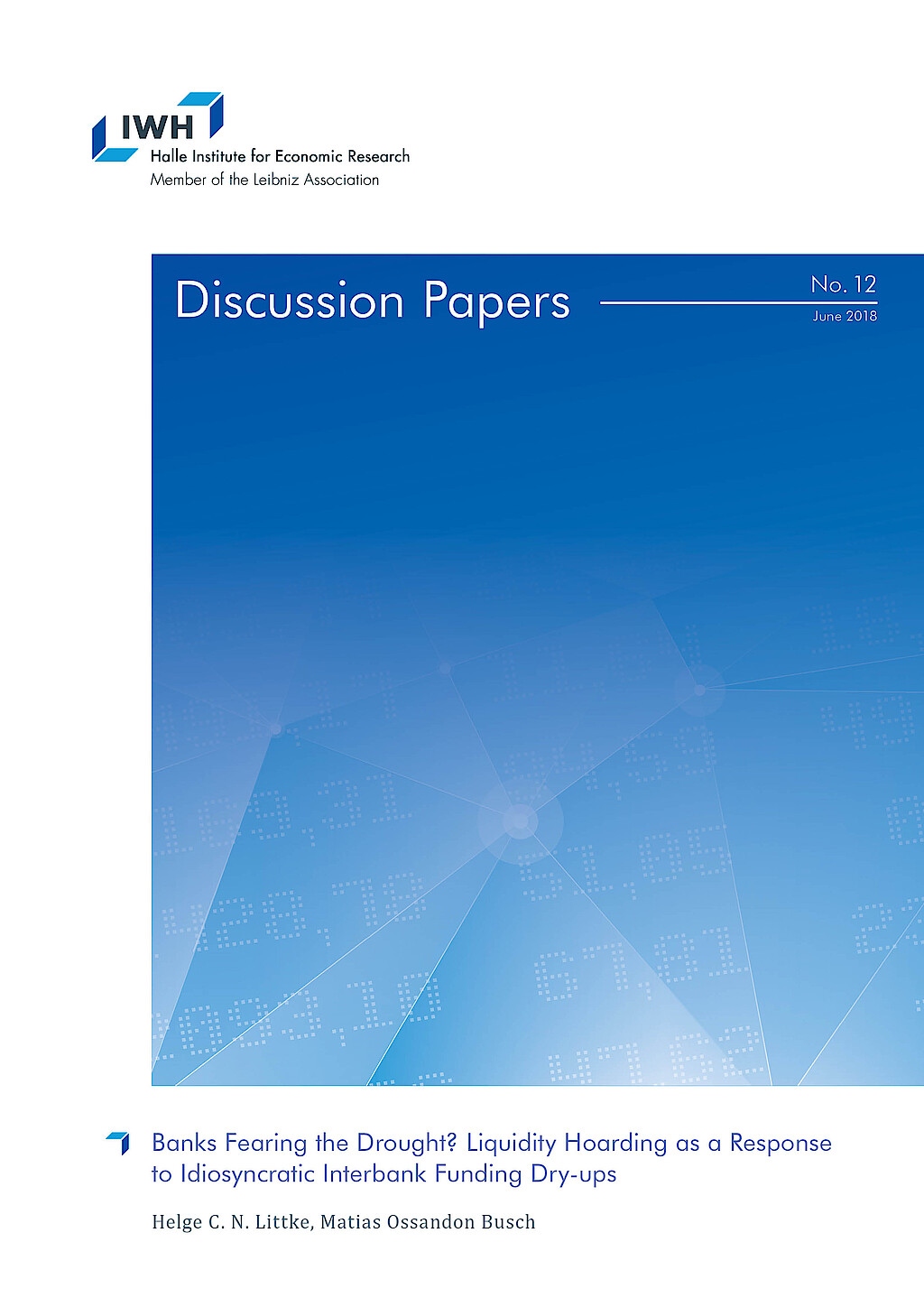
Banks Fearing the Drought? Liquidity Hoarding as a Response to Idiosyncratic Interbank Funding Dry-ups
in: IWH Discussion Papers, Nr. 12, 2018
Abstract
Since the global financial crisis, economic literature has highlighted banks’ inclination to bolster up their liquid asset positions once the aggregate interbank funding market experiences a dry-up. To this regard, we show that liquidity hoarding and its detrimental effects on credit can also be triggered by idiosyncratic, i.e. bankspecific, interbank funding shocks with implications for monetary policy. Combining a unique data set of the Brazilian banking sector with a novel identification strategy enables us to overcome previous limitations for studying this phenomenon as a bankspecific event. This strategy further helps us to analyse how disruptions in the bank headquarters’ interbank market can lead to liquidity and lending adjustments at the regional bank branch level. From the perspective of the policy maker, understanding this market-to-market spillover effect is important as local bank branch markets are characterised by market concentration and relationship lending.
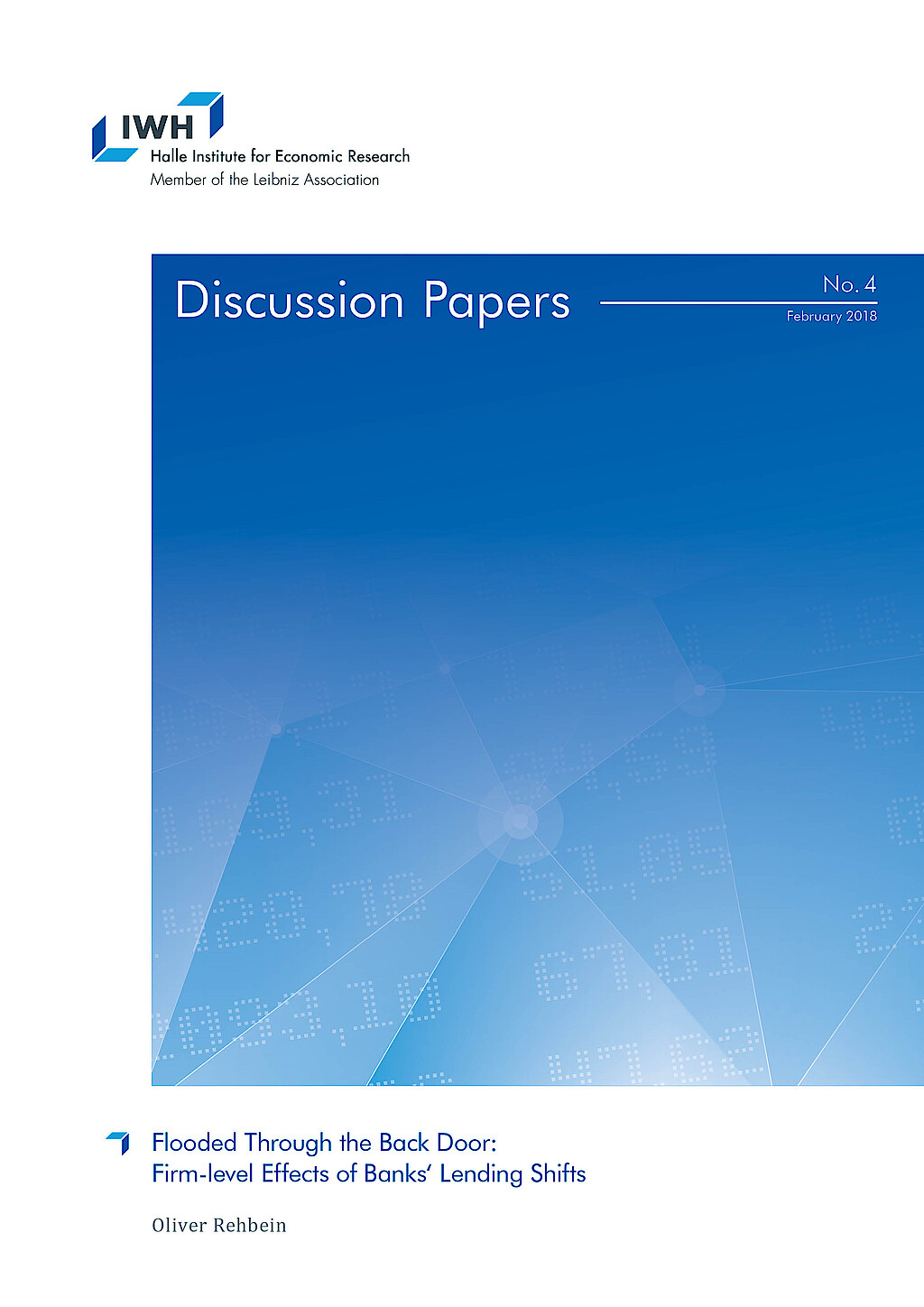
Flooded Through the Back Door: Firm-level Effects of Banks‘ Lending Shifts
in: IWH Discussion Papers, Nr. 4, 2018
Abstract
I show that natural disasters transmit to firms in non-disaster areas via their banks. This spillover of non-financial shocks through the banking system is stronger for banks with less regulatory capital. Firms connected to a disaster-exposed bank with below median capital reduce their employment by 11% and their fixed assets by 20% compared to firms in the same region without such a bank during the 2013 flooding in Germany. Relationship banking and higher firm capital also mitigate the effects of such negative cross-regional spillovers.
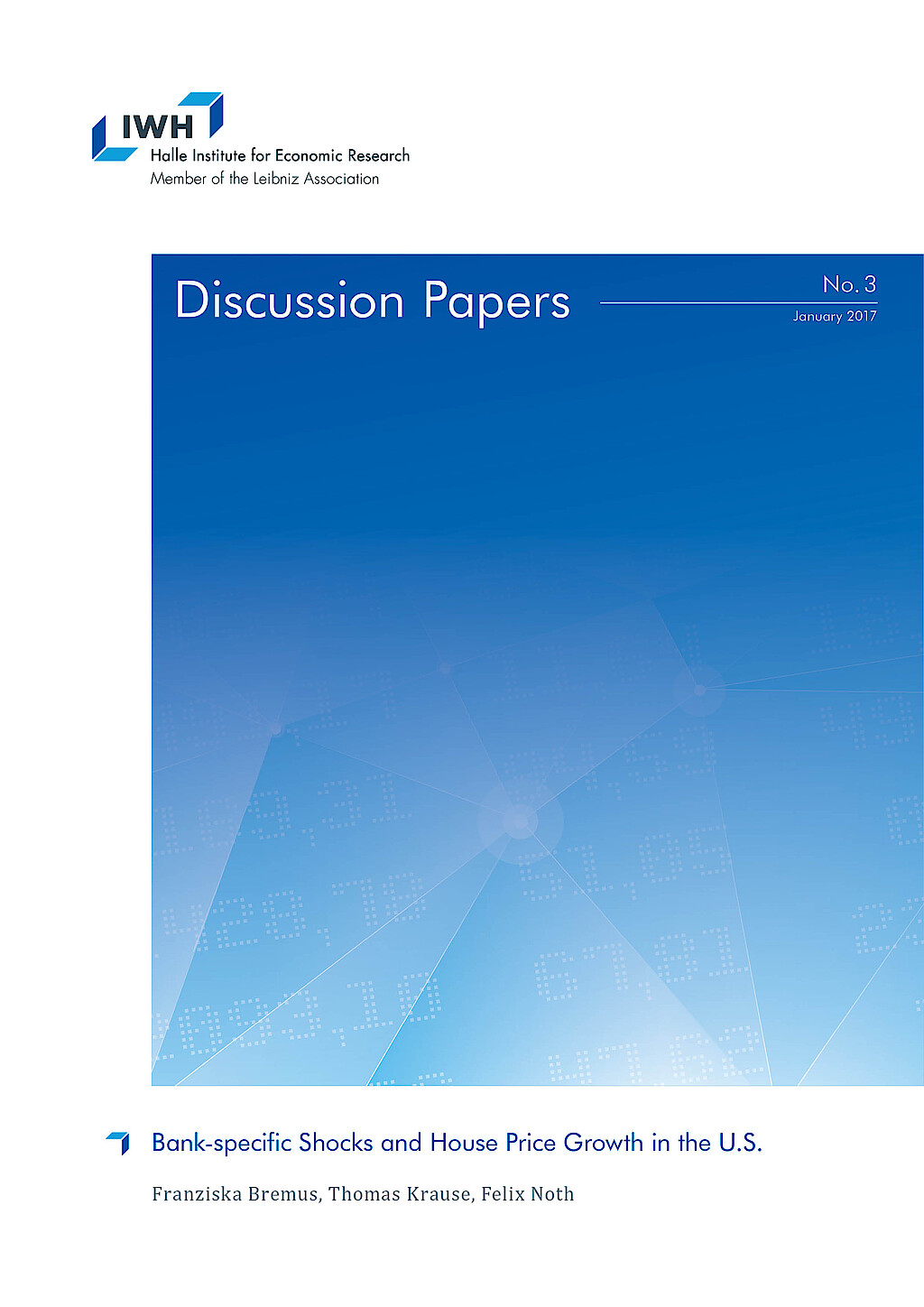
Bank-specific Shocks and House Price Growth in the U.S.
in: IWH Discussion Papers, Nr. 3, 2017
Abstract
This paper investigates the link between mortgage supply shocks at the banklevel and regional house price growth in the U.S. using micro-level data on mortgage markets from the Home Mortgage Disclosure Act for the 1990-2014 period. Our results suggest that bank-specific mortgage supply shocks indeed affect house price growth at the regional level. The larger the idiosyncratic shocks to newly issued mortgages, the stronger is house price growth. We show that the positive link between idiosyncratic mortgage shocks and regional house price growth is very robust and economically meaningful, however not very persistent since it fades out after two years.
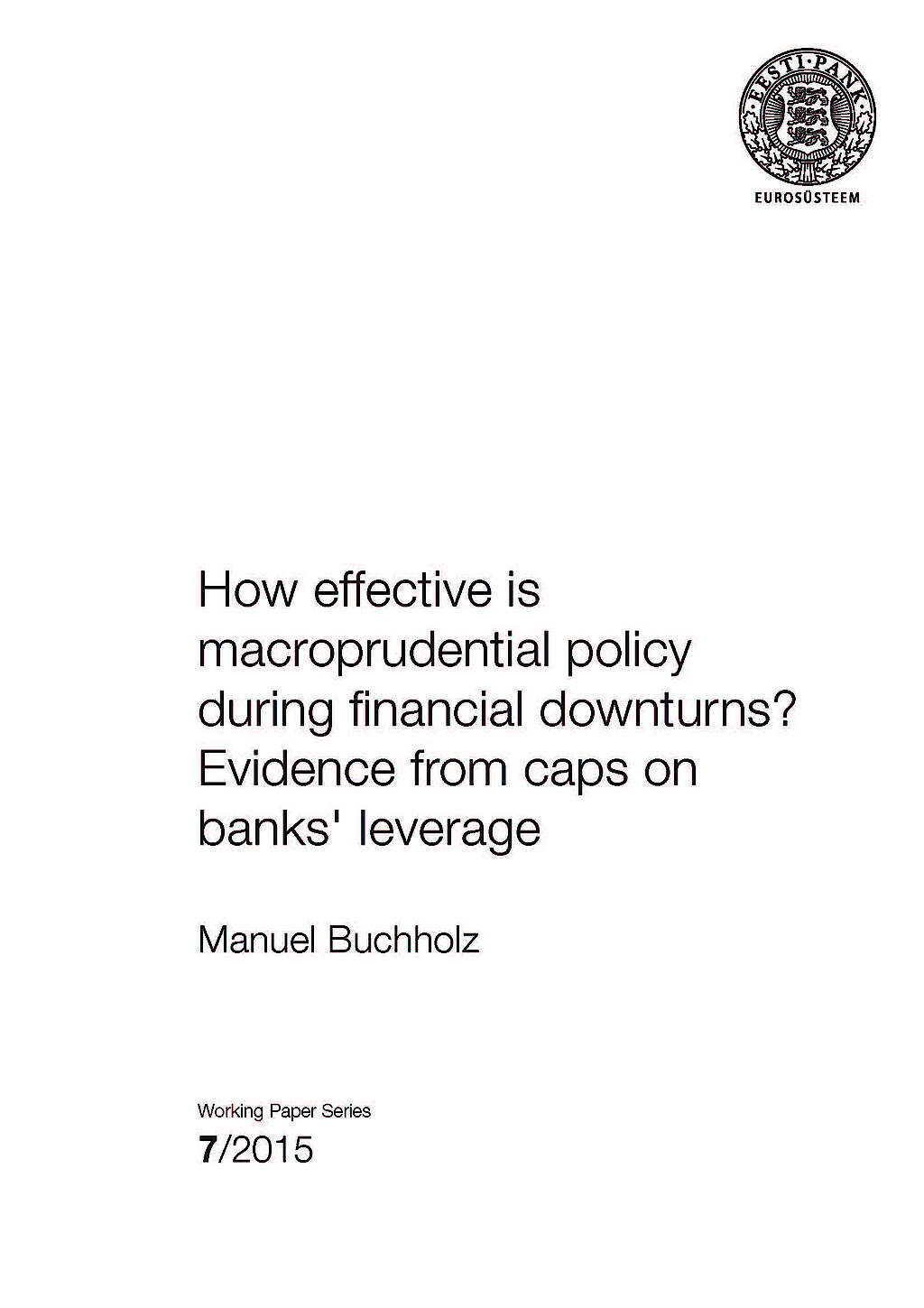
How Effective is Macroprudential Policy during Financial Downturns? Evidence from Caps on Banks' Leverage
in: Working Papers of Eesti Pank, Nr. 7, 2015
Abstract
This paper investigates the effect of a macroprudential policy instrument, caps on banks' leverage, on domestic credit to the private sector since the Global Financial Crisis. Applying a difference-in-differences approach to a panel of 69 advanced and emerging economies over 2002–2014, we show that real credit grew after the crisis at considerably higher rates in countries which had implemented the leverage cap prior to the crisis. This stabilising effect is more pronounced for countries in which banks had a higher pre-crisis capital ratio, which suggests that after the crisis, banks were able to draw on buffers built up prior to the crisis due to the regulation. The results are robust to different choices of subsamples as well as to competing explanations such as standard adjustment to the pre-crisis credit boom.

Monetary Policy under the Microscope: Intra-bank Transmission of Asset Purchase Programs of the ECB
in: IWH Discussion Papers, Nr. 9, 2015
Abstract
With a unique loan portfolio maintained by a top-20 universal bank in Germany, this study tests whether unconventional monetary policy by the European Central Bank (ECB) reduced corporate borrowing costs. We decompose corporate lending rates into refinancing costs, as determined by money markets, and markups that the bank is able to charge its customers in regional markets. This decomposition reveals how banks transmit monetary policy within their organizations. To identify policy effects on loan rate components, we exploit the co-existence of eurozone-wide security purchase programs and regional fiscal policies at the district level. ECB purchase programs reduced refinancing costs significantly, even in an economy not specifically targeted for sovereign debt stress relief, but not loan rates themselves. However, asset purchases mitigated those loan price hikes due to additional credit demand stimulated by regional tax policy and enabled the bank to realize larger economic margins.



















